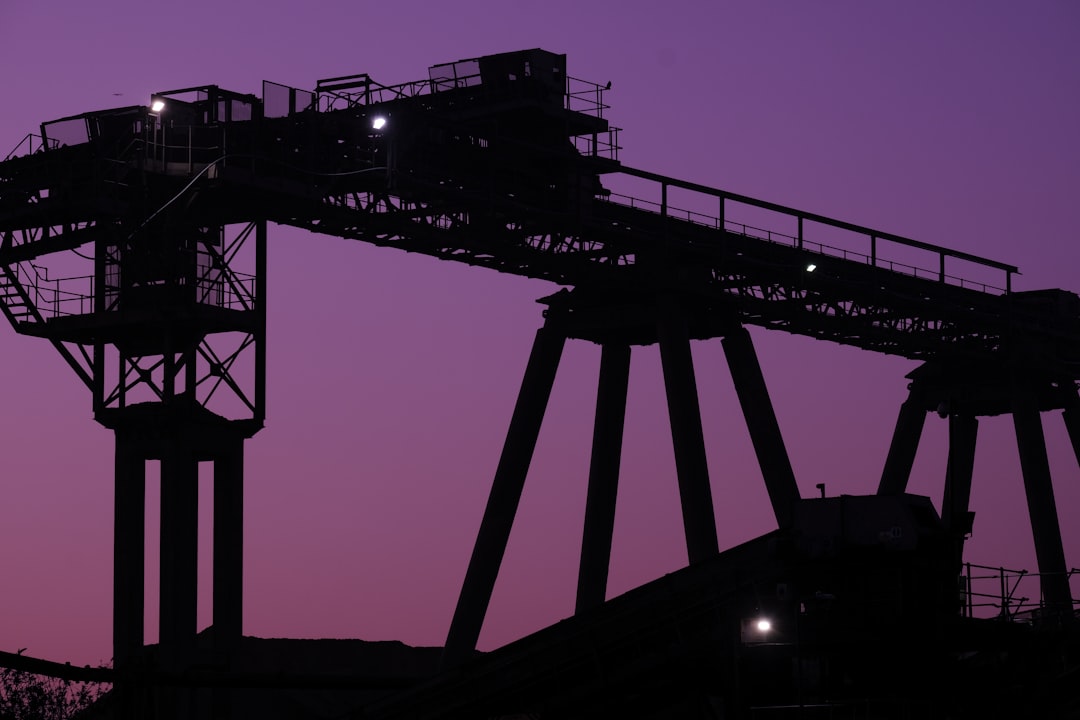The steel industry, a cornerstone of global infrastructure, is undergoing a dramatic transformation. Driven by the need for increased efficiency, improved safety, and enhanced sustainability, industrial networking is emerging as a critical enabler of this evolution. This post delves into the multifaceted impact of industrial networking technologies on the steel trade, exploring how they are reshaping processes from raw material sourcing to finished product delivery.
1. Automation and Robotics: The Backbone of Modern Steel Production
Automation is no longer a futuristic concept in steel manufacturing; it’s a necessity. Industrial networking provides the crucial communication backbone for a vast array of automated systems. Robotic arms perform intricate welding tasks with precision and speed, while automated guided vehicles (AGVs) transport materials across sprawling factory floors. These systems rely on robust industrial networks like Ethernet/IP, PROFINET, and Modbus TCP to exchange data seamlessly, ensuring coordinated operation and minimizing downtime. Real-time data exchange allows for immediate adjustments to production parameters, optimizing output and reducing waste. Advanced control systems, connected via industrial networks, monitor and regulate processes like temperature and pressure, guaranteeing consistent product quality and safety.
2. Real-Time Data Acquisition and Analytics: Unveiling Hidden Efficiencies
The sheer volume of data generated within a steel plant is staggering. Industrial networking facilitates the collection and analysis of this data in real-time, revealing critical insights into operational efficiency. Sensors strategically placed throughout the production process gather information on everything from temperature and pressure to material flow and equipment performance. This data is transmitted across the network to central servers where advanced analytics algorithms identify bottlenecks, predict potential failures, and optimize production parameters. Predictive maintenance, based on real-time data analysis, allows for proactive intervention, minimizing costly unplanned downtime and extending the lifespan of equipment.
3. Enhanced Safety and Risk Mitigation: Protecting Workers and Assets
Safety is paramount in the steel industry. Industrial networking plays a vital role in enhancing worker safety and mitigating risks. Connected safety systems allow for real-time monitoring of worker locations and environmental conditions. Early warning systems can detect potential hazards, such as gas leaks or equipment malfunctions, allowing for immediate intervention and preventing accidents. Furthermore, remote monitoring capabilities enable technicians to troubleshoot equipment issues without physically entering hazardous areas, reducing the risk of injury. The integration of safety systems within the industrial network ensures a comprehensive approach to risk management.
4. Supply Chain Optimization: Streamlining the Flow of Materials
The steel trade extends far beyond the factory floor. Industrial networking technologies are transforming the entire supply chain, from raw material sourcing to finished product delivery. Real-time tracking of materials throughout the supply chain provides greater visibility and control. Companies can optimize inventory levels, reduce transportation costs, and ensure timely delivery of materials. Integration with external systems, such as transportation management systems (TMS) and enterprise resource planning (ERP) systems, enhances collaboration and coordination across the entire supply chain. This level of transparency and efficiency contributes significantly to improved profitability and customer satisfaction.
5. Cybersecurity in the Steel Industry: Protecting Critical Infrastructure
The increasing reliance on industrial networks also brings significant cybersecurity challenges. The interconnected nature of these systems makes them vulnerable to cyberattacks, which could have devastating consequences for steel production and the wider economy. Robust cybersecurity measures are essential to protect critical infrastructure and sensitive data. This includes implementing firewalls, intrusion detection systems, and access control measures. Regular security audits and employee training are crucial to mitigate risks and maintain the integrity of the industrial network. The adoption of secure communication protocols and encryption techniques is paramount to safeguarding the network against unauthorized access and data breaches.
In conclusion, industrial networking is not merely a technological advancement; it’s a fundamental shift in how the steel trade operates. By embracing these technologies, steel producers and traders can unlock significant opportunities for increased efficiency, improved safety, and enhanced sustainability. The ongoing evolution of industrial networking promises even greater advancements in the years to come, further solidifying its role as a key driver of innovation in the steel industry.
SEO Tags:
#IndustrialNetworking #SteelIndustry #SteelTrade #Automation #IoT




